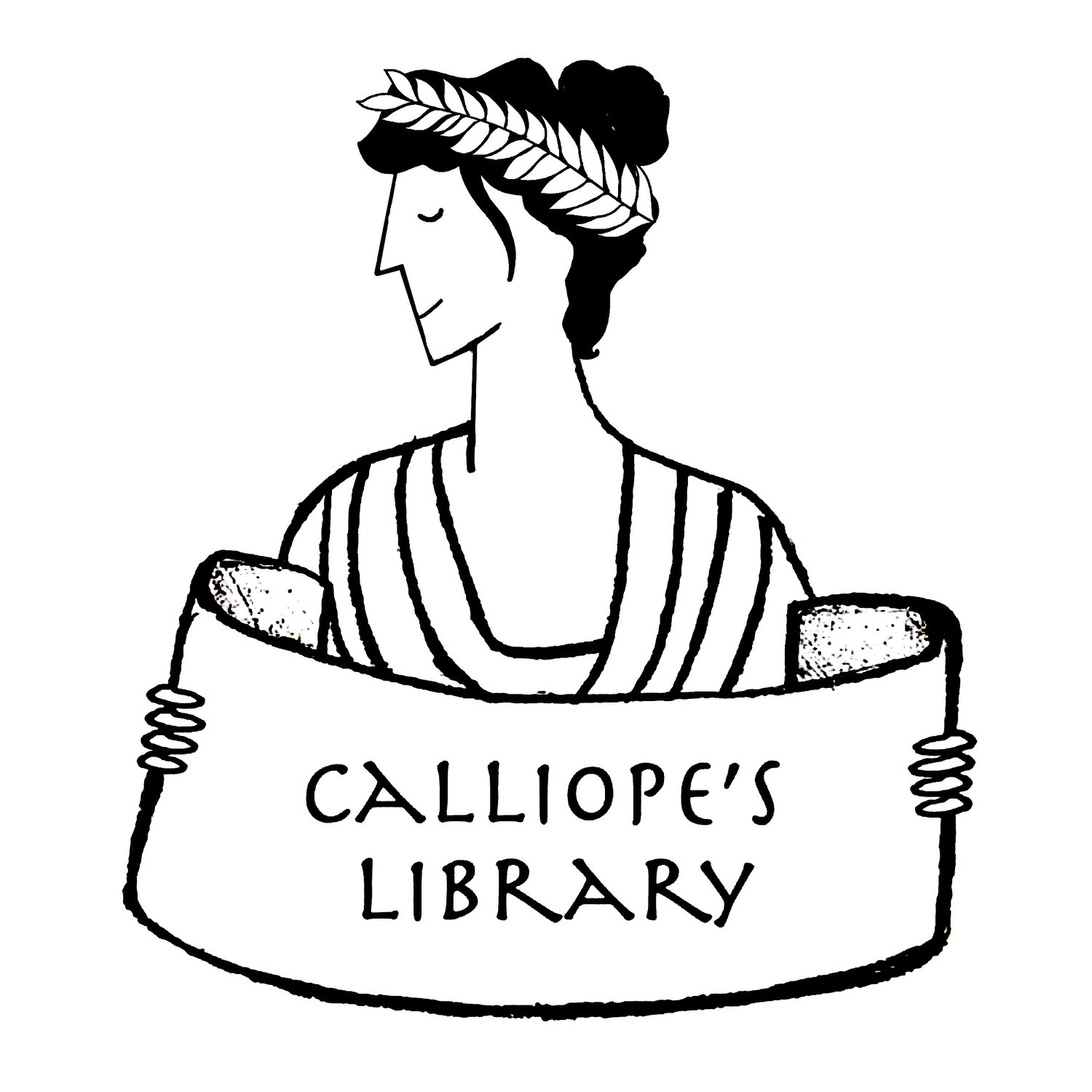Title: Pharaoh's Daughter: A Novel of Ancient Egypt
Author: Julius Lester
Date: 2009
Tags: Young adult, Novel, Ancient Egypt, Ancient Judea, Ancient worlds, Female lead, ability diverse, Racially/Ethnically diverse, Moses, Egyptian mythology, English
This book retells the story of Moses’s adoption by the daughter of Ramses, Pharaoh of Egypt. As he grows up in Pharaoh’s palace, Moses struggles to reconcile his dual identities as a Hebrew youth and an Egyptian nobleman.
Lester takes a historical approach to his material, rather than a theological one. (As he notes in his introduction, he wrote this novel before his own conversion to Judaism.) The story ends right after Moses kills the Egyptian overseer and is forced to leave Egypt before the major miracles of the Exodus story take place. The choice allows the author to explore the women who raise Moses, who have important roles to play in the narrative, but must negotiate a morally difficult world without divine guidance.
The first half of the book is told from the point of view of Moses’ oldest sister, Almah. Almah accompanies Moses to the palace and falls in love with the Egyptian way of life, and the daughter of Pharaoh chooses to save a baby against her father’s orders and all the values of her upbringing. Ultimately, this is a story about the tensions placed on a multicultural family that lives in a world built on exclusion and suppression. Moses and his maternal figures cannot resolve the tensions, but they can and do treat each other with love and understanding.
This novel is incredibly well researched and beautifully written; it provides a fascinating look into the language and culture of the two civilizations. Author Julius Lester uses as many ancient Egyptian and Hebrew names as possible and provides a handy glossary in the back. The names he uses for his three main characters, Almah, Moses, and the Pharaoh’s daughter, are particularly interesting because they reflect the shifting identities of those characters as they try to bridge the two worlds to keep their family together. Pharaoh’s Daughter is a fascinating if melancholy book, because anyone familiar with the story knows that there are some things that no amount of goodwill within a single family can overcome. – Krishni Burns


